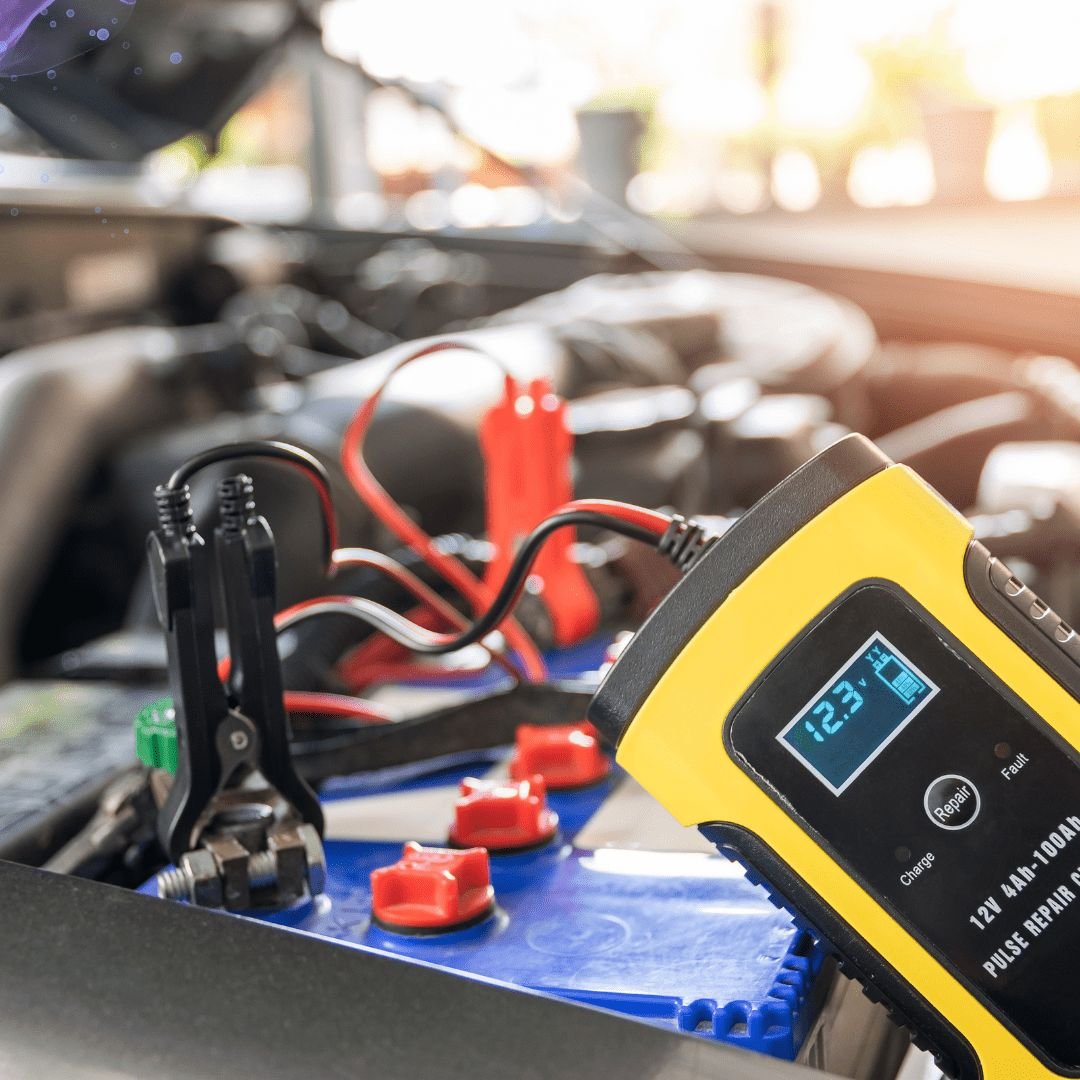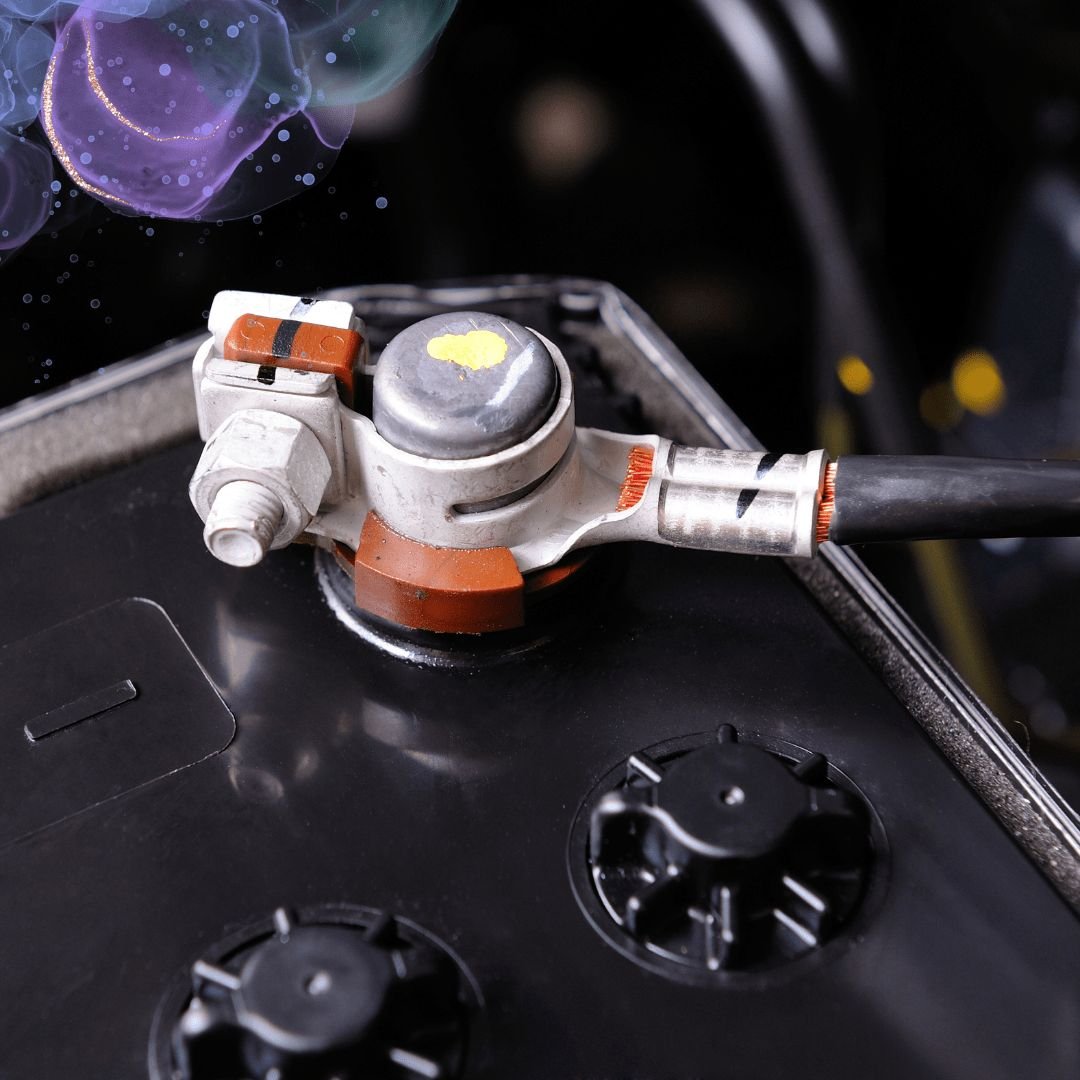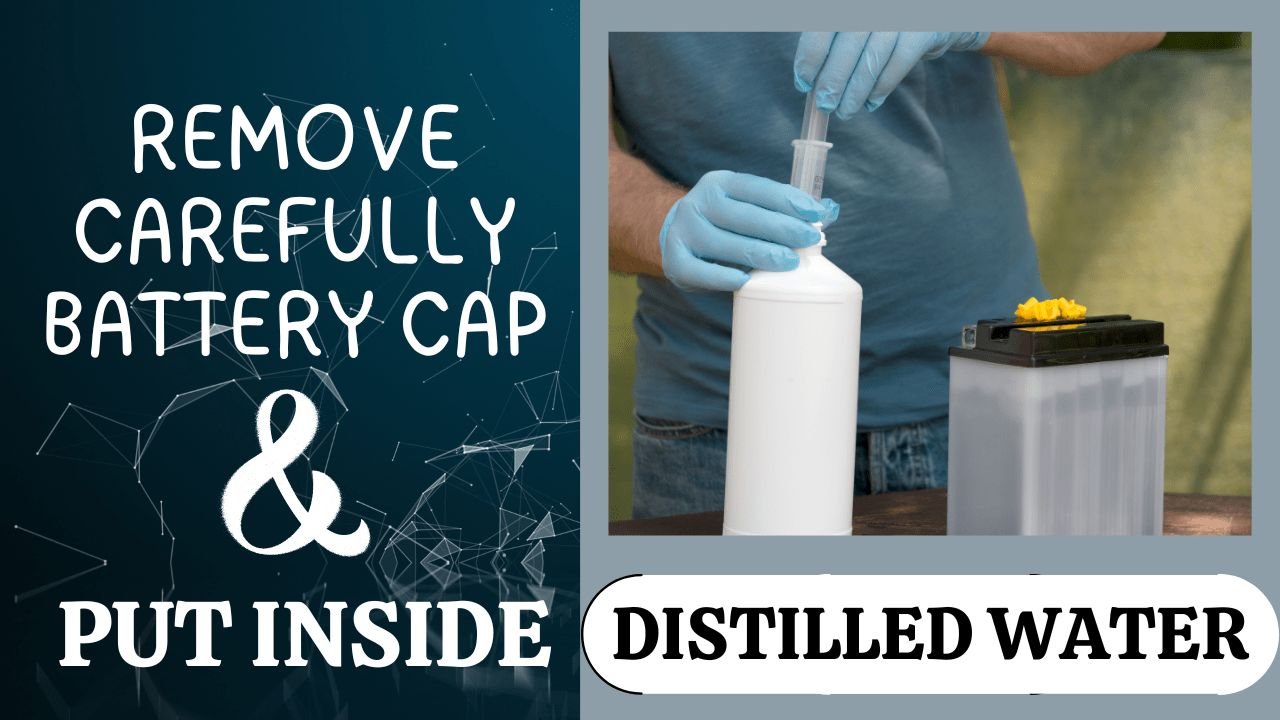How to Revive 8-Volt Dead Battery: A Complete Guide
Trying to revive an 8-volt dead battery at home can be scary, but it’s actually quite possible if you have the right knowledge and tools. Our guide will help you revive your golf-cart, classic-car or any other type of battery. If you follow these instructions correctly, you’ll get your 8-volt dead battery working again and its ability to store electricity will last even longer.

Understanding the Basics of an 8-Volt Battery
What is an 8-Volt Battery?
An 8-volt battery is a rechargeable battery used in cars or gadgets which need a given amount of voltage. Even though 12 volts as well as 6 volts batteries are used widely in the world, there are some machines that do not use these types of batteries and this is what prompted for the creation of 8 volt batteries.
Common Uses of 8-Volt Battery
- Golf carts: Golf carts typically use 8-volt batteries. To achieve the required voltage and capacity, these cars usually have multiple batteries wired together and include 8-volt batteries.
- Vintage cars: In some cases, some vintage and classic cars built using 6-volt electrical systems are used to improve their lighting by installing 8-volt batteries without converting them to a 12-volt system.
- Renewable energy systems: Sometimes, 8-volt batteries are combined to form battery banks with specific voltage and capacity configurations.
Tools and Materials Needed to Revive an 8-Volt Battery

To revive an 8-volt dead battery, you will need some tools and materials. Information about them is given below.
- For your safety: You will need goggles, gloves, and an apron to avoid any harm while reviving the 8-volt dead battery
- Multimeter: You will need a multimeter to check the voltage of 8-volt dead battery
- Battery charger: To revive an 8-volt dead battery, you will need a battery charger that can charge 8-volt batteries
- Distilled Water: Distilled water will be needed to fill the 8-volt dead battery. Distilled water is used to replenish the electrolyte level.
- Syringe or turkey baster: This will be needed to accurately administer the fluid.
- Funnel: You will need a funnel to pour the liquid into the battery cell.
- Sodium bicarbonate (Baking Soda): If the battery terminal is rusted, then you need to clean it with the help of baking soda. That is why you will need this.
Safety Precautions

Batteries are dangerous because of chemicals and electricity. Therefore, safety should always come first and follow these instructions. Firstly safety-goggles, gloves, and long sleeves should be worn as a way of protecting oneself from acid spills as well as electrical hazards; secondly, the process should be carried out in a well-ventilated area to avoid inhaling toxic fumes. Keep matches and other open lights away from your battery; this will help you prevent any explosions that might be caused by sparks in the event they come into contact with such lighters Neutralize Acid Spills by Having Baking Soda and Water Cleared-Out.
Step-by-Step Battery Reviving Process
Step 1: Inspecting The Battery
First, inspect the battery for any visible damage such as cracks, bulges, or leaks. It is not safe to repair a battery with a damaged case; if your battery case is broken, do not tamper with it and buy a new battery.
Step 2: Check The Battery Voltage

Check the voltage of the 8-volt dead battery Use a multimeter to measure the voltage of the battery. Set the multimeter to DC and connect the black wire of the multimeter to the negative terminal of the battery and connect the red wire of the multimeter to the positive terminal of the battery. Then see how much output your battery is giving. If the voltage is showing less than 7.5, then your battery is over-discharged and if the 8 volt battery is giving an output of only 1/2 volts, then your battery is dead.
Step 3: Clean The Battery Terminals

Corrosion of the battery terminals can slow down the recovery process. To prevent this from happening, it is important to clean the battery terminals. It is critical to clean the battery terminals by mixing baking soda in water to clean the dirt from the battery terminals, then wash using water and a brush. After this, leave the terminals to dry before proceeding.
Step 4: Check The Battery Electrolyte Level

Remove the battery cap and carefully check the electrolyte level. If the amount of liquid is less than required, add distilled water to the battery using a funnel until the plates are completely submerged. Do not add too much water as it may spill out while charging the battery.
Step 5: Reconditioning with Epsom Salt
Remove the battery cap and carefully check the electrolyte level. If the amount of liquid is less than required, add distilled water to the battery using a funnel until the plates are completely submerged. Do not add too much water as it may spill out while charging the battery.
Step 6: Charge 8-Volt Battery Using Battery Charger
Use a good battery charger to charge an 8-volt dead battery. Connect the black wire of the battery charger to the negative terminal of the battery, and connect the red wire of the battery to the positive terminal of the battery. Then set the battery charger to 8 volts and start the charging process and keep an eye on the charging time. Make sure that the battery is not overcharged. Overcharging can damage the battery.
Best battery charger for 8-Volt Battery
Step 7: Testing The Battery

Once the battery is fully charged, remove it from the charger and leave it for a few hours. Measure with a multimeter and check how much power the battery is outputting. A normal 8-volt battery will have a reading of 8.4 to 8.6 volts. This shows that it is healthy and ready to work.
Step 8: Performing a Load Test
Perform a load test of an 8-volt battery. To perform a load test, if you have headlights, connect the headlight wire to the battery terminal and turn on the headlights and see if the battery voltage remains stable under load. If the battery voltage remains stable, then congratulations, your battery has been completely revived. And if even after doing all this the battery voltage drops rapidly then your battery is damaged from inside, and now you have to buy a new battery.
Using all these methods, 8 volt battery can be easily revived.
Frequently Asked Questions (FAQ)
Can all 8-volt dead batteries be revived?
It may not always be possible to rejuvenate recycle all 8-volt batteries. A battery with physical changes like cracks, leaks or deep bulges is unsafe and should never undergo rejuvenation. Moreover, rejuvenating batteries that are severely sulfate may present difficulties.
How do I know if my 8-volt battery is dead?
If your 8 volt battery is giving an output of only 1/2 volt then understand that your 8 volt battery is dead
How much output voltage does an 8-volt battery give?
If the 8 volt battery is in good condition then when fully charged the 8-volt battery gives an output of 8.4 to 8.6 volts
Is it safe to recondition an 8-volt battery at home?
If you take necessary safety measures, it is possible to recover 8-volt dead battery right at your house because it is not dangerous. Always Wear protective clothing and remember that you should work in an open space with good air circulation, without any sources of fire, explosion risk, and pours of alkalis should be neutralized using baking soda.
How to Check the Voltage of an 8-Volt Battery?
Should you need to know the battery voltage of yours of eight volts, put the multimeter on DC voltage. Put plus probe on positive terminal while minus probe on negative terminal of your battery. Your fully-charged 8-volt battery reads from 8.4 up to 8.6 volts when well maintained.
How to clean corroded battery terminals?
Mix baking soda with water to form a paste and use the resultant mixture to clean your corroded battery terminals. Apply the paste gently using a brush, scrub with care, rinse in clean water, and ensure total drying before proceeding to another level.
Why is distilled water used in battery recovery?
Distilled water is used to replenish the electrolytes in the battery, as it is free from any impurities that could potentially cause further damage to the battery cells. Tap water, on the other hand, contains minerals as well as some chemicals, all of which can be harmful to the internal parts of the battery.
Conclusion
If you carefully follow the steps given to recover 8-volt dead battery at home then your 8-volt dead battery can be revived, but this work is a bit risky so always take care of safety before doing any such work
